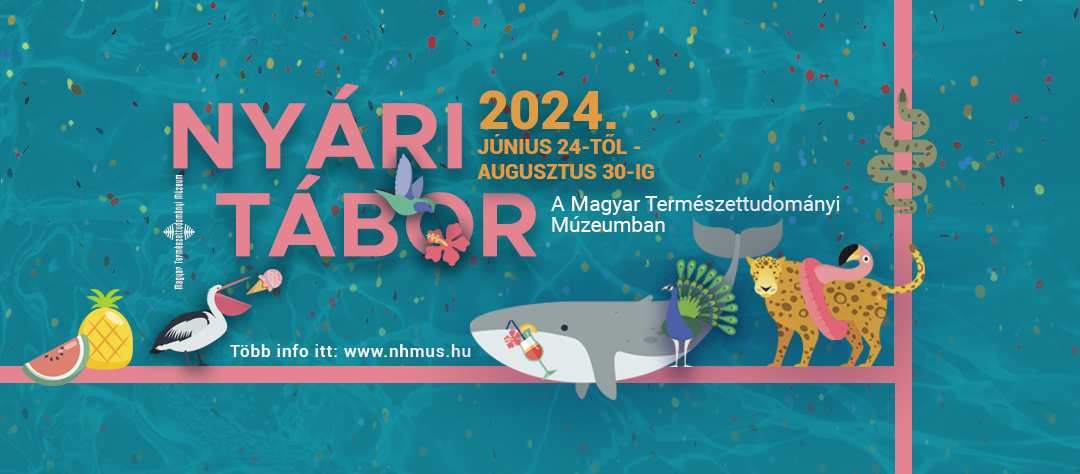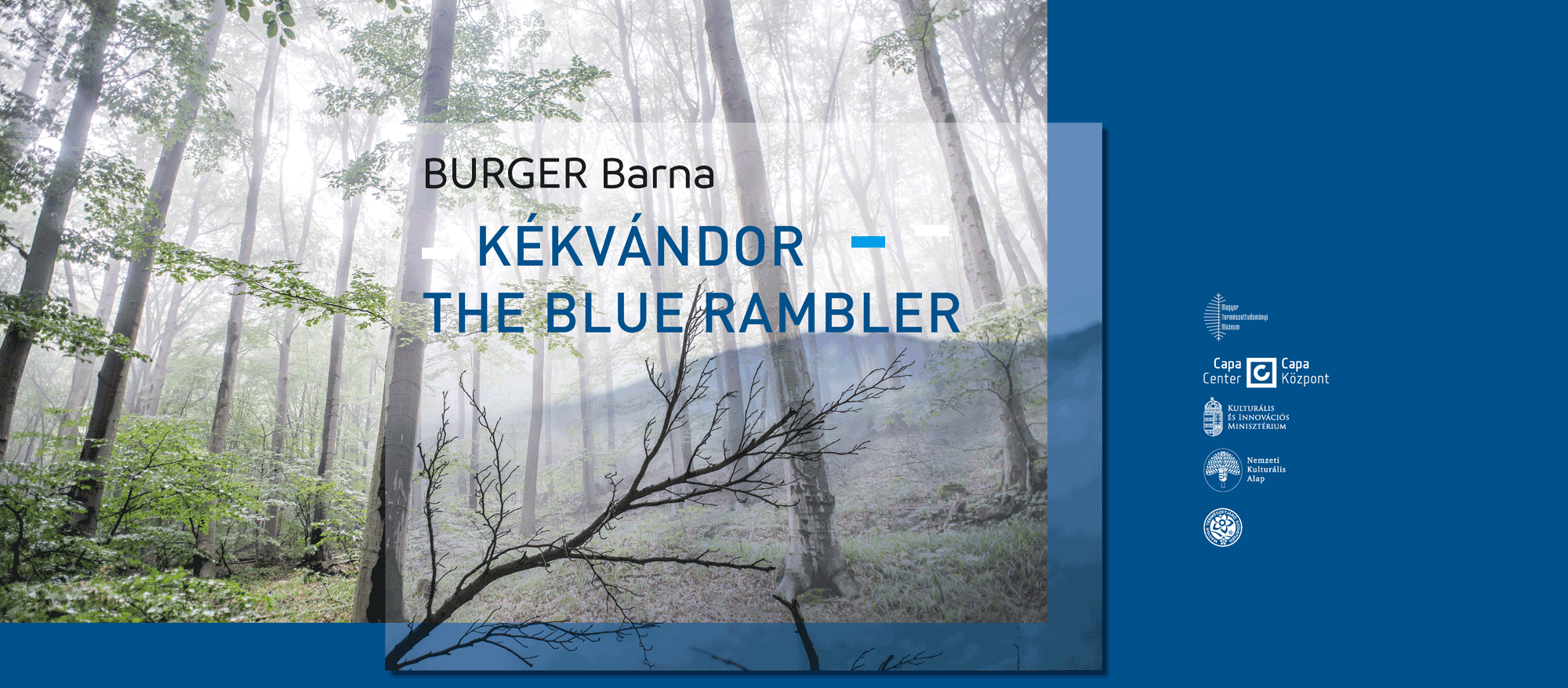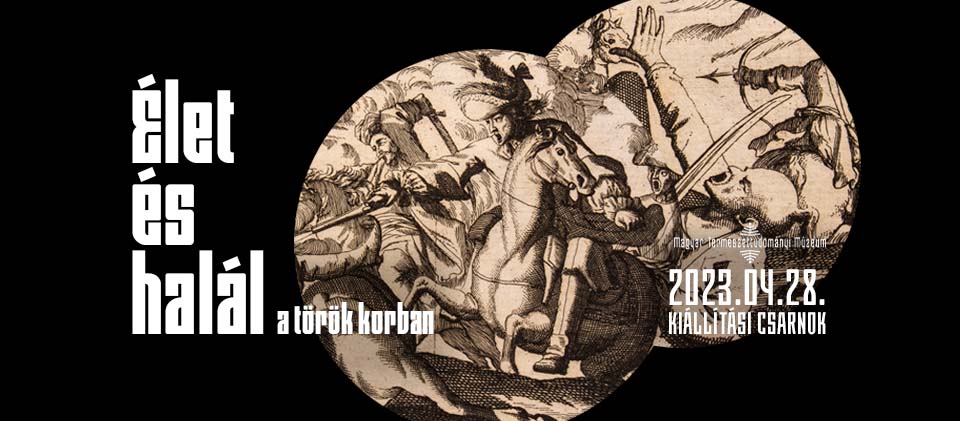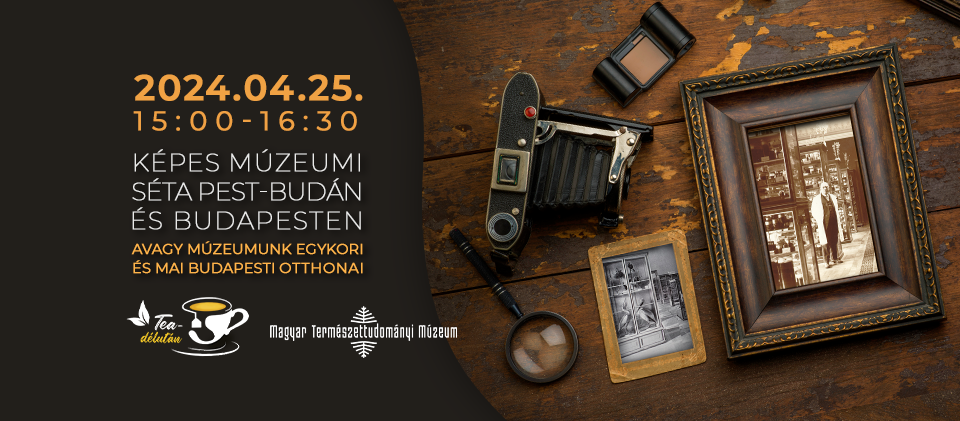In the revolution of 1956, Soviet artillery shells hit both the Department of Zoology and the Exhibition in the National Museum. The Bird collection completely perished; 36,000 mounted and skin specimens and 22,000 eggs were lost in fire. We consider the tropic material - particularly the 3,000 hummingbirds - as the most significant loss.
The purposes of the present collection are the followings: while the scientific collections (skin specimens, skeletons, prepared wings and tails, genetic samples) are proper to serve studies and research, by our mounted specimens, emphasising the diversity of avifauna, we try to fulfil the informative function of the museums through exhibitions and other events for the professionals and the public as well.
The names of Béla Hüttler and László Bagó should be mentioned as excellent taxidermists, whose work represent prominent values.
Outstanding collectors of the Bird Collection
(number of collected items, areas visited and collecting period is given in parentheses)
JánosXántus (787 items, Borneo, South, Central and North America, 1845–1900)
LajosBíró (580 items, Borneo, Southeast Asia, 1887–1909)
Dr. GyulaMadarász (1,339 items, Sri Lanka, Eastern India, Sudan, Egypt, Carpathian Basin, 1880–1911)
KálmánKittenberger (1,818 items, East Africa, 1903–1913)
The most outstanding curator of the collection
Gyula Madarász joined the Department of Zoology of the National Museum in 1879, and after three and a half decades he retired from the position of Director Guard. He was an internationally acknowledged ornithologist: a researcher of the Hungarian fauna and also an expert of the bird species of the whole world. He described numerous new species and subspecies, however, only a few are still valid today (the majority was synonymised later).
In addition to his several trips in the Carpathian Basin, he went for expeditions to Bulgaria, Sicily, Sri Lanka, Eastern India, East Sudan and South Egypt. He enriched the Bird Collection with more than 1,300 bird specimens, and a lot of bird brood (collected in the Carpathian Basin).
Important collection members
Salamon János Petényi
Gyula Madarász
Jenő Greschik
Nándor Homonnay
Lajos Horváth
Important collection items
Specimens that survived the fire in 1956
From Kálmán Kittenberger
Goliath heron, 2 specimens (Ardea goliath) from East Africa
Shoe-billed Stork (Balaenicepsrex) from East Africa
White-bellied Black titr (Parusalbiventris) from NgareDowash (now Mara River), East Africa
From János Xántus
Tufted Puffin (Fraterculacirrhata), California
Jambu Fruit Dove (Ptilinopusjambu), Malacca (now Melaka), Malaysia
From Franz Joseph I of Austria:
Senegal Coucal (Centropussenegalensis), the Emperor shot it in 1852 in Africa. It still has the original inventory number and label (1852.140/30) .
From Ottó Herman (the “Father” of Hungarian Ornithology)
Prepared Stone Curlew (Burhiniusoedicnemus) head
Significant large egg collections
Collections of Miklós Janisch, Iván Király, László Máthé, László Povázsay, Dezső Radetzky, Ferenc Varga
Important collecting activities
Mátyás Gajdács from Ethiopia
Jose Hidasi from Brazil



